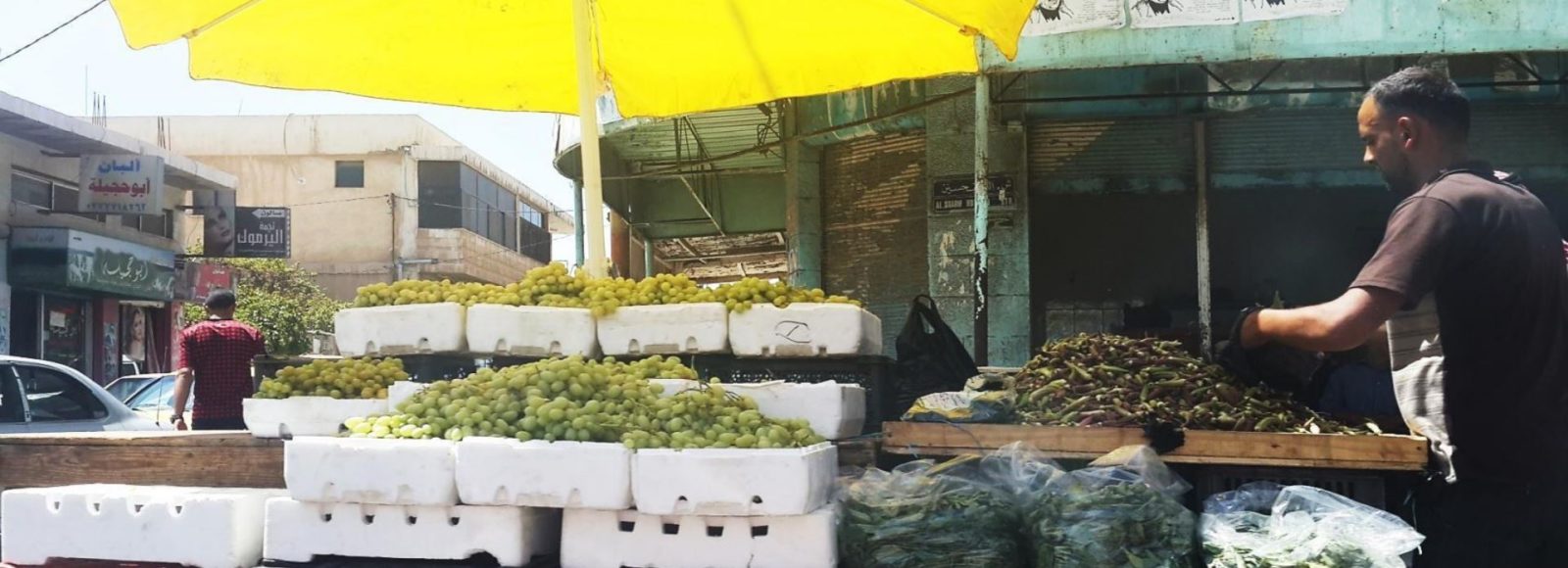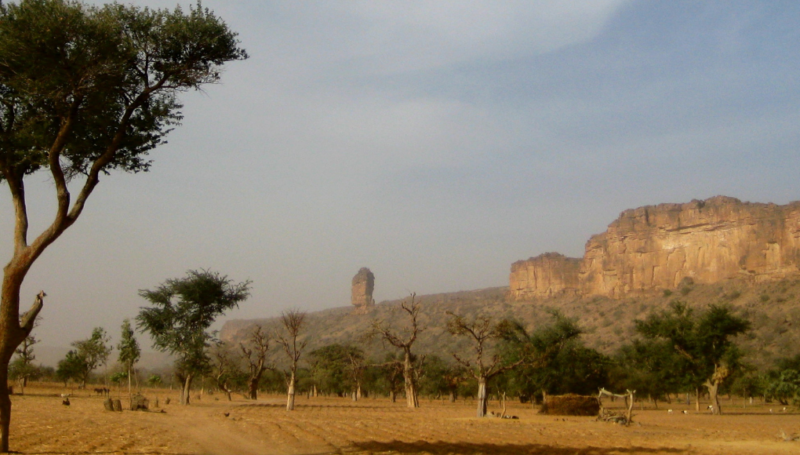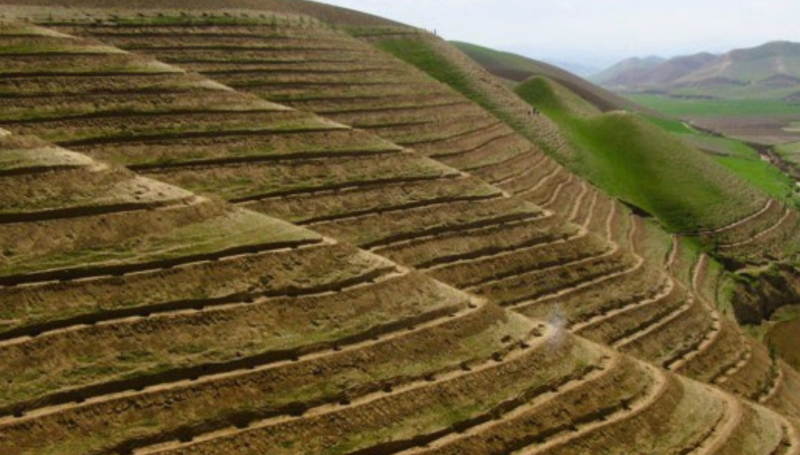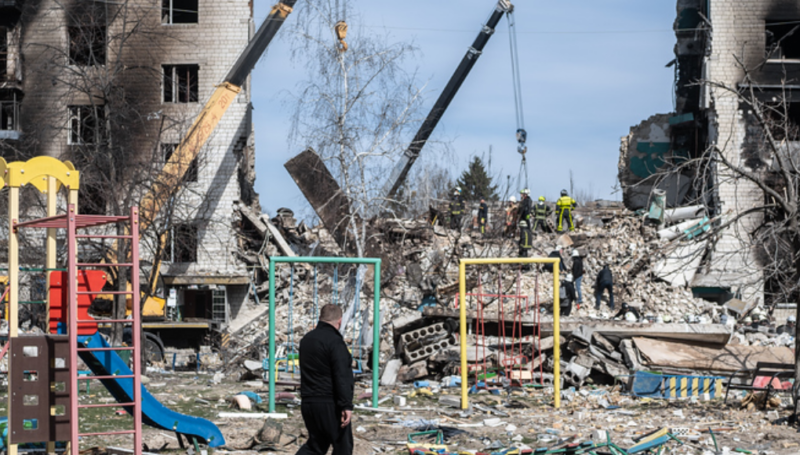 Since the onset of the Syria crisis in 2011, approximately 650,000 Syrians have registered as refugees in neighbouring Jordan. Refugee arrivals on such a large scale have increased pressures on Jordan’s existing socio-economic infrastructure and natural resources and raised concerns about what this increased pressure means for the resilience of livelihoods in the country. This highlights the need to better understand communities’ resilience to risks, and how this resilience is affected by the interaction of pre-existing vulnerabilities such as resource scarcity, with vulnerabilities brought about by the current crisis.
Since the onset of the Syria crisis in 2011, approximately 650,000 Syrians have registered as refugees in neighbouring Jordan. Refugee arrivals on such a large scale have increased pressures on Jordan’s existing socio-economic infrastructure and natural resources and raised concerns about what this increased pressure means for the resilience of livelihoods in the country. This highlights the need to better understand communities’ resilience to risks, and how this resilience is affected by the interaction of pre-existing vulnerabilities such as resource scarcity, with vulnerabilities brought about by the current crisis.
To enhance this understanding and support humanitarian and development actors identify programming options for Disaster Risk Reduction (DRR), REACH, in collaboration with the Food and Agriculture Organisation of the United Nations’s (FAO) Regional Food Security and Analysis Network (RFSAN), designed an innovative approach to assess vulnerabilities and risks among communities across Jordan. A nationwide qualitative assessment was rolled out and 52 Focus Group Discussions (FGDs) conducted in June 2016.
The design of this assessment was particularly innovative in the Jordanian context as it adopted participatory tools such as participatory mapping and timeline exercise which, in the past, have been used predominantly to assess natural disaster risks. Instead, this assessment adopted these tools to gain detailed insights into resilience of livelihoods at the community level, in relation to both environmental risks as well as risks related to socio-economic crises. The timeline was used to trace key events and changes that have affected communities over an extended period of time. The exercise established a sequence of past shocks that have affected livelihood stability, including droughts and past refugee crises, which is useful to identify repetitive patterns and inform anticipation of similar shocks in the future. In addition to the timeline, FGDs also included participatory mapping components to identify geographic variations in livelihood activities and understand how risk perceptions vary for geographically dispersed communities across the country. Understanding such geographic variations could be useful to enhance area-based targeting of DRR programming in the country.
Overall, the incorporation of such participatory components reflects an innovative approach to assessing livelihood resilience at the community level in Jordan, while expanding the scope of disaster risk assessment from environmental risks and natural hazards to include socio-economic shocks such as inflation, unemployment and economic disruptions brought about by the ongoing crisis in Syria.
To get access to all products and projects of our Jordan field team, follow this link to our Resource Centre Jordan page.









